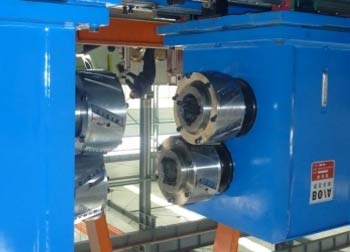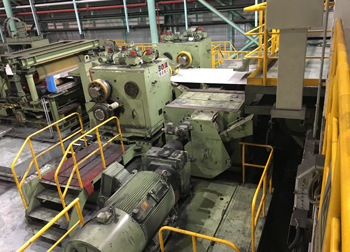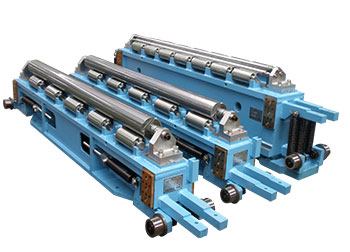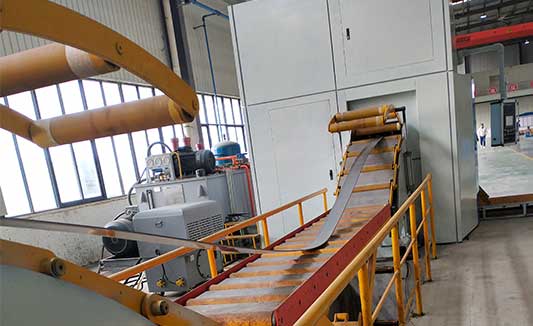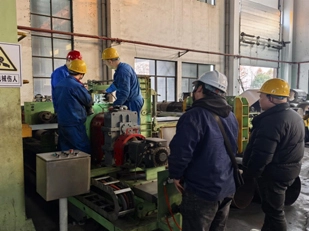Fine Blanking Technology Is a High-Tech Manufacturing Process
Precision stamping is a high-technology stamping technique used to produce small-sized, high-load, and high-fine blanking parts. It is a precise cutting method developed from ordinary stamping technology. The fine blanking process includes three types of force: punching force, toothed ring force, and counter-pressure force, which makes fine blanking operations different from other common stamping or cutting techniques. The workpieces produced by fine blanking have many advantages, such as good perpendicularity, smooth-cutting surfaces without tearing, a small bend, and good interchangeability.
Combining methods such as heading, sinking holes, half-punching holes, and extrusion, fine blanking gradually replaces many complex parts previously produced by ordinary stamping, forging, machining, casting, and powder metallurgy. The resulting multi-functional components can be assembled after stamping, without the need for secondary processing, with significant production efficiency and cost advantages. This technology was first invented and patented by the Germans as early as 1923, and the first fine blanking factory in the world was established in Switzerland in 1924, providing parts for clocks, sewing machines, typewriters, etc. The fine blanking technology remained secret and exclusive until the 1950s when it began publicly spreading. It was first applied to instrumentation, cameras, home appliances, and small hardware parts before being widely used in the auto and motorcycle industry, and the 3C electronics industry.
The working principle of fine blanking
The principle of fine blanking with strong pressure plate molds is to use a special (three-action) fine blanking press machine, along with fine blanking molds with gear rings, suitable fine blanking materials, and lubricants. During the stamping process, before the blanking punch contacts the material, the V-shaped gear ring presses the material tightly onto the concave die, thus generating lateral side pressure inside the V-shaped teeth, preventing tearing of the shearing area and lateral flow of the metal. At the same time, using counter-pressure, the material is pressed tightly and subjected to three-way compressive stress (hydrostatic pressure) in the shearing area, thus increasing its plasticity. Then the material is cut following the edge of the concave die, forming a shearing shape.
Precision stamping is suitable for producing parts such as:
Precision stamping is widely used in the automotive industry for safety parts that must operate reliably in adverse and dangerous conditions. Precision stamping for automotive parts mainly relies on strong edge pressing and precision cutting. The geometric shape, size tolerance, positional tolerance, and cutting surface quality are far superior to ordinary stamped parts. There are more than 200 types of common automotive parts: powertrain parts, such as gearbox steel sheets, engine sprockets, chains, brake components, shock-absorbing parts, and camshaft adjustment parts; seat adjusters, such as seat height adjusters, seat angle adjusters, and seat slide parts; safety belt retractors and locks for airbags; diesel engine fuel injector clamps, multi-belt pulleys, valve plates for air conditioning compressors, clutch steels, planetary gears and drive plates, brake discs, parking gears and pawls, clutch gears; chassis parts, such as brake pads, wheel hub supporting plates. Precision stamping can also be used to produce parts similar to those in the mechanical, medical, electronics, hardware, and electrical tool industries.
Topics You May Be Interested in:
Roll Coating Process
Backup Rolls
Precision Blanking
Conventional Stamping
Rubber Roller Coating Machine
Press Blanking
Popular BOYA Flat Metal Processing Machinery
Other Articles about BOYA Flat Metal Processing Machinery

 English
English 